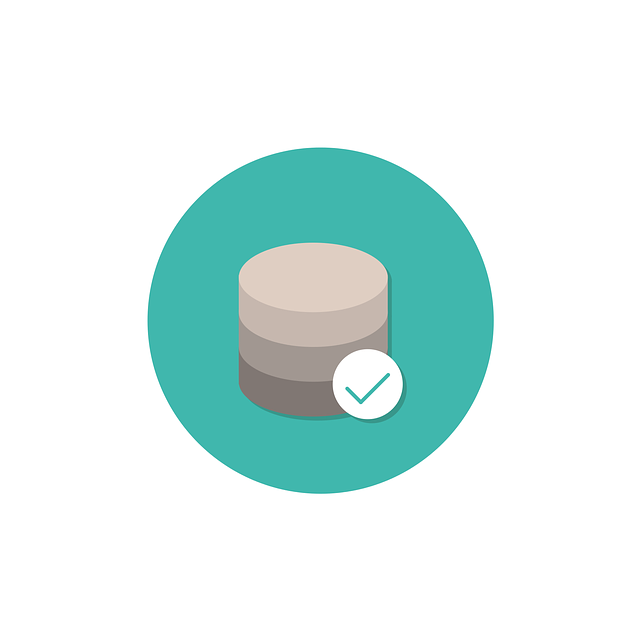Comparing The Best NoSQL Databases: DynamoDB Vs MongoDB

Explore NoSQL, a type of database design that offers more flexibility than a traditional database…

Business world’s growing focus on big data and data analytics, has increased the popularity of databases more than ever. They are efficient in handling large amounts and multiple types of data.
There are different types of databases based on the core functionality that they provide to the users. The most commonly used and popular among them is NoSQL databases. NoSQL databases became popular because they provide a simple way to store data from multiple sources while using different formats.
|NoSQL Databases
NoSQL, also referred to as “not only SQL”, “non-SQL” is a type of database management system (DBMS) that is designed to handle and store large volumes of unstructured and semi-structured data. The data structures used by NoSQL databases are different than those used in relational databases. NoSQL databases offer high scalability and high availability than the traditional databases.
|Key Features of NoSQL
- Simple design
- Seamless horizontal scalability
- Granular availability control
- Dynamic schema
- Highly flexible
- High performance
- Cost-effective
- Optimized for developer productivity
Nearly every industry uses NoSQL databases these days. If you want to handle large volumes of data, which have to be stored as structured or semi-structured, then NoSQL database is your best option.
Two of the most popular market leaders for NoSQL databases are MongoDB and DynamoDB, former with a market share of 44.90% and more than 54K customers worldwide and latter with 24K customers worldwide and 2K Github repositories.
It’s hard to choose the best one among these, so let’s do a comparison to help you choose the best one for your data engineering projects.
| Feature | DynamoDB | MongoDB |
| Database Type | NoSQL, document-oriented | NoSQL, document-oriented |
| Data Model | Key-value store | Document store |
| Used By | Used by the gaming and Internet of things (IoT) industries | Used for mobile apps and content management systems (CMSs) |
| Querying | Querying is only available in local secondary indexes (LSI) and global secondary indexes (GSI). | Rich query language. You can apply it in various ways: single keys, ranges, graph transversals, joins and more. |
| Deployment environment | Limited to AWS | Platform-agnostic |
| Schema | Schema-less database; no ability to enforce schemas. | Schema-free database; allows users to enforce a schema with its built-in schema validation |
| Data type and size restriction | Limited support for data types, and allows item sizes of up to 400 KB. | Supports various data types, and allows document sizes of up to 16MB. |
Battle Of NoSQL Databases: Which one to choose?
DynamoDB and MongoDB are the two big shots in NoSQL. DynamoDB is a great database choice, if you need high-performance, low-latency access to key-value data and it is great with unpredictable workloads. On the other hand, MongoDB is the best option if you need more flexibility in your data model and support for complex queries.
Choose the Right NoSQL Database For Your Next Data Engineering Project …